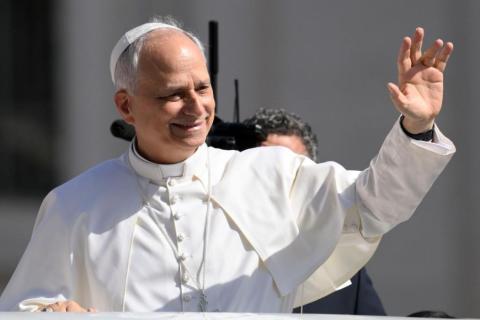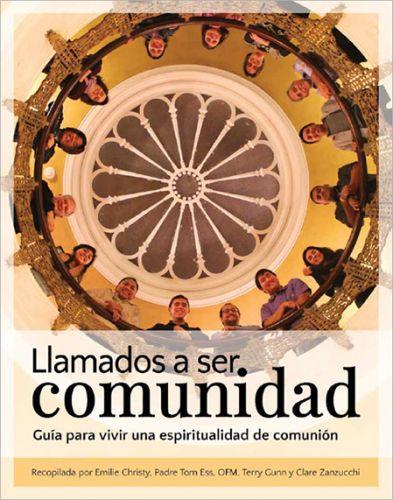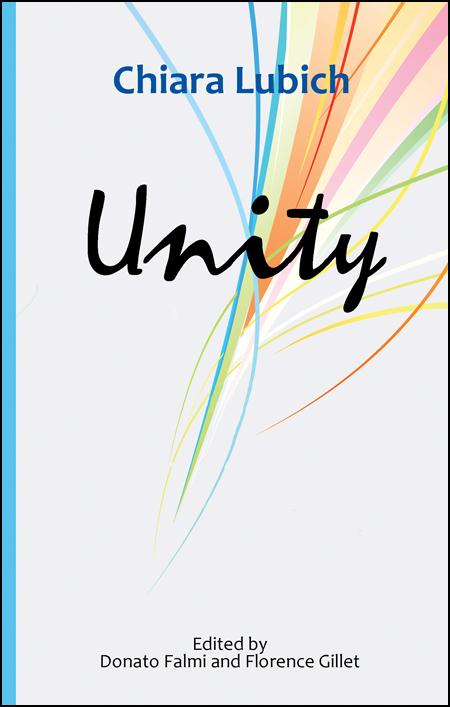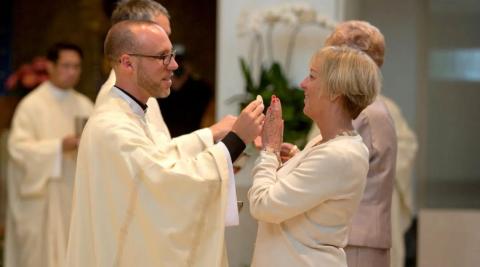
The beloved foundress of the Focolare Movement, Servant of God Chiara Lubich, and American fiction writer Flannery O’Connor both were born in the 1920s. They were separated by five years and a continent—Lubich lived in Italy, O’Connor in the U.S.
Both were strong women who challenged the norms of their times. I’m almost certain they never met, and most likely never heard of each other. Besides professing Catholicism, the two might not look like they have much in common, yet I’ve noticed how certain themes and a way of life intertwines them.
Just as a Focolare member devours the writings of Chiara Lubich, reflecting on her words and allowing them to guide their life, so do many lovers of Catholic fiction read Flannery O’Connor—and they often need to read her again and again to understand her work fully.
Wildcat, the new biopic of O’Connor, like her books, is also best appreciated after a second viewing. I related it to some of the themes of Chiara Lubich’s Focolare—namely Mary, the Eucharist, and suffering.
I noticed Mary’s presence in the film with panning shots of a statue of Our Lady of Grace. Like Chiara, Flannery was a devout Catholic, and single. Flannery went to Mass, visited churches, and prayed the rosary. The presence of Our Lady in Wildcat was a powerful reminder to me of something Chiara wrote, “We love Mary, we pray to her, and we have pictures of her in our homes.” (The Transparency of God, 45)
A statue of Mary communicates love and admiration of the Mother of God—but for Chiara, a statue was not enough.
A statue of Mary communicates love and admiration of the Mother of God—but for Chiara, a statue was not enough. We must take her into our home: “[W]e do not usually think it is our duty to take Mary into our homes and live with her as John did. So great a mother can feed our undernourished Christianity and enlighten us with her advice.” (The Transparency of God, 45) A statue is a reminder that Mary lives in our homes and has become our mother. In the difficult moments of life, seeing a statue of Mary invites me to ask her intercession. In the suffering I face, Mary reminds me that she stood by Jesus at the cross and is with me in my suffering.
One of O’Connor’s famous sayings was an affirmation of eucharistic belief. Referring to Holy Communion, she said: “If it’s just a symbol, to hell with it.” Chiara too had a deep eucharistic faith, marked by frequent visits to the Blessed Sacrament. She held the belief that the Eucharist we receive and adore is Jesus himself. She knew that the Eucharist was not a symbol and that in the Eucharist she had a God who was close to her.
Afraid that she might one day be alone, Chiara realized in the Eucharist she would never be: “As long as there is a Host on earth, I’ll never be alone.” (The Sun that Daily Rises, 16) Similarly, several scenes in Wildcat depict Flannery O’Connor at church, praying in the presence of Jesus reserved in the tabernacle. From these two women, we receive encouragement to deepen our eucharistic devotion and witness.
No one can think of Chiara Lubich and her spirituality and not think of Jesus Forsaken and his suffering. She was drawn to the cross and meditating about Jesus’s passion, suffering, and abandonment. If Flannery had lived longer—she died at 39 on August 3, 1964—I would like to think she would have been drawn to Focolare spirituality. In her illness with lupus, she understood suffering and forsakenness, and seems to have identified with Jesus in ways that are remarkably similar to those expressed by Chiara.
If Flannery had lived longer—she died at 39 on August 3, 1964—I would like to think she would have been drawn to Focolare spirituality.
Wildcat captured this. First, with the idea that the more you suffer, the closer you are to the Lord. Second, Flannery was quoted saying that many think faith is an electric blanket, but she really it is the cross. Third, toward the end of the film, Flannery is in bed, near death, conversing with a priest. She admits to her fears and is told that God finds her in the darkness. Sickness and dying brought her to her moment of suffering, wherein she was able to receive the grace that she longed for.
We all hopefully recognize the call to see Jesus in the person before us, and who it is we are called to love in the present moment. This is a basic Gospel principle, understood by both Chiara and Flannery. So maybe there is a reason I was led to see Wildcat through the lens of Lubich’s spirituality. Maybe there is something in Flannery O’Connor that God wants me to discover.
I must be open to how and where God might be leading me. And I give thanks for the gift of these two holy women, who loved God, and who by their lives deepen our love for Mary and the Eucharist and invite us to embrace suffering in union with Jesus Forsaken.













